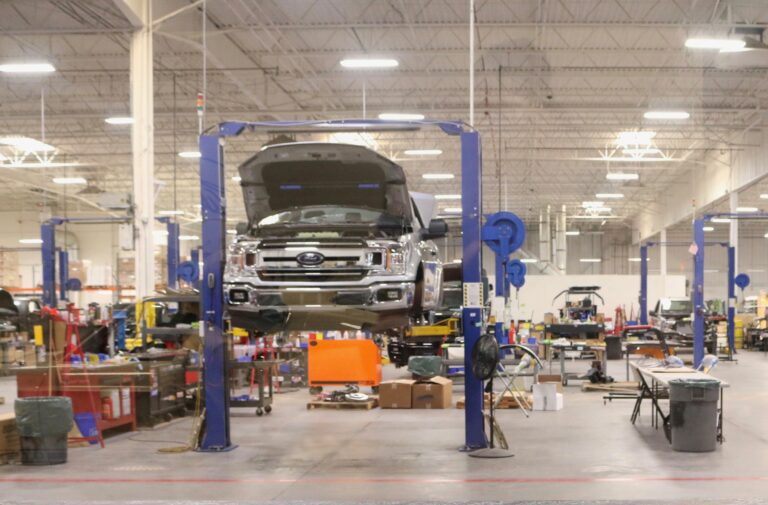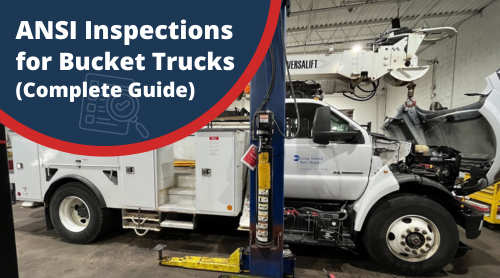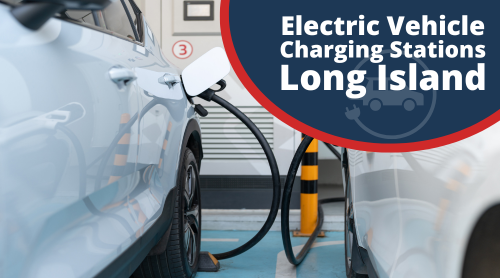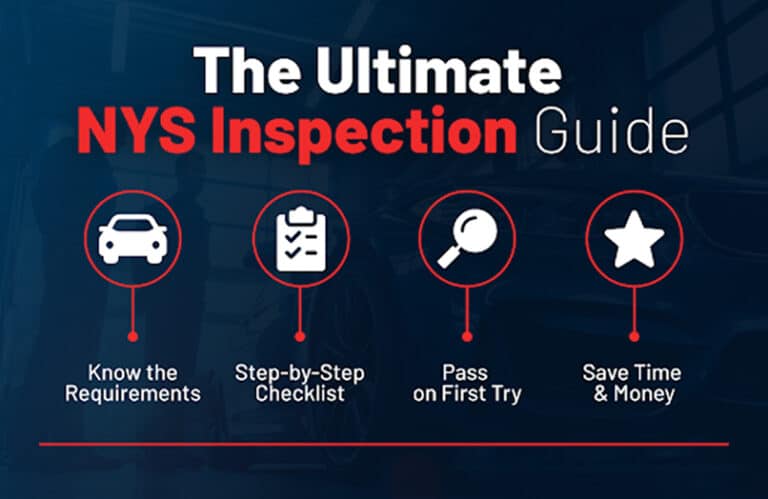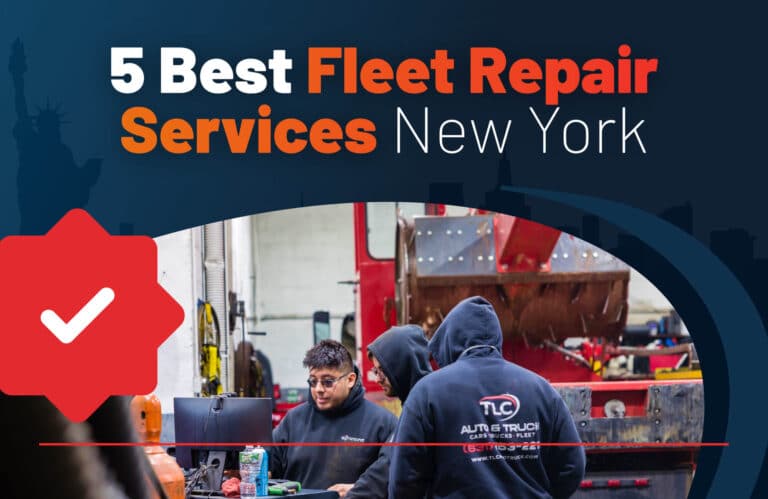Want to know more about how to Cut Costs with Regular Car Maintenance?
It’s true that prevention is better (and cheaper) than cure. However, many car owners are often reluctant in carrying out regular maintenance on their vehicles. Perhaps, they think it’s a waste of money and would rather wait till there’s an actual problem to fix. But that approach is almost always the wrong call.
What is regular car maintenance?
Just like other machines, the components of a car are subject to wear and tear and may need to be replaced over time.
Cars come with owner’s manuals that contain information on basic maintenance schedules for the specific type of car. Following these recommendations from the manufacturers is necessary to ensure the vehicles last long and optimize the driver’s experience.
Contrary to what many may think, much of basic car maintenance doesn’t require the services of an expert mechanic. The commitment of the car owner to following the recommendations on the manual is what is mostly required.
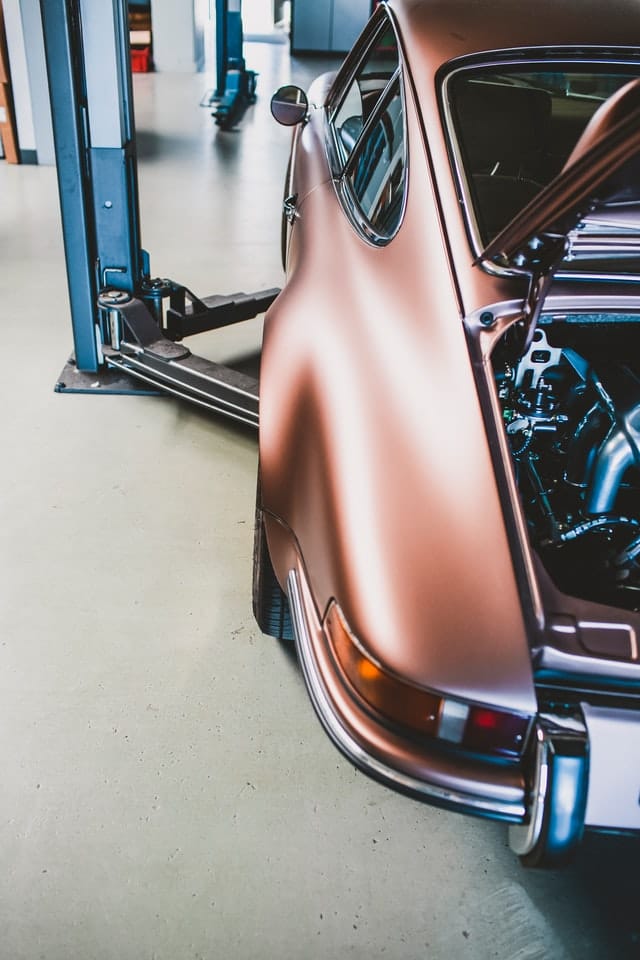
What are the benefits of regular car maintenance?
The ultimate advantage of maintaining your car regularly is that you’re spared the unfortunate need to carry out expensive repairs following heavy damages along the way.
There are numerous benefits of regular car maintenance including:
It increases safety
A car in good condition provides safety not only for the owner but also for other drivers that share the roads with them. The chances of road traffic accidents and environmental pollution are reduced with vehicles that are maintained frequently.
It saves cost
A lot of questions might be flooding your mind right now.
How much does car maintenance cost? Is preventive car maintenance really cheap? How does basic car maintenance save money?
Well, on average, it shouldn’t take more than a few hundred dollars per year to keep your car performing at its best. Depending on how often the car is used, the weight it carries, and the nature of the roads, a car may require more frequent maintenance.
But in the long run, maintenance is always cheaper than having to repair major damages following neglect.
Also important, a car that is functioning optimally helps drivers save on the cost of fuel.
It improves the lifespan of the car
A car that is maintained regularly is more likely to last longer than its counterpart without routine care. Irreparable damages and breakdown are easily avoided with regular check-ups, repairs, and timely replacement of parts.
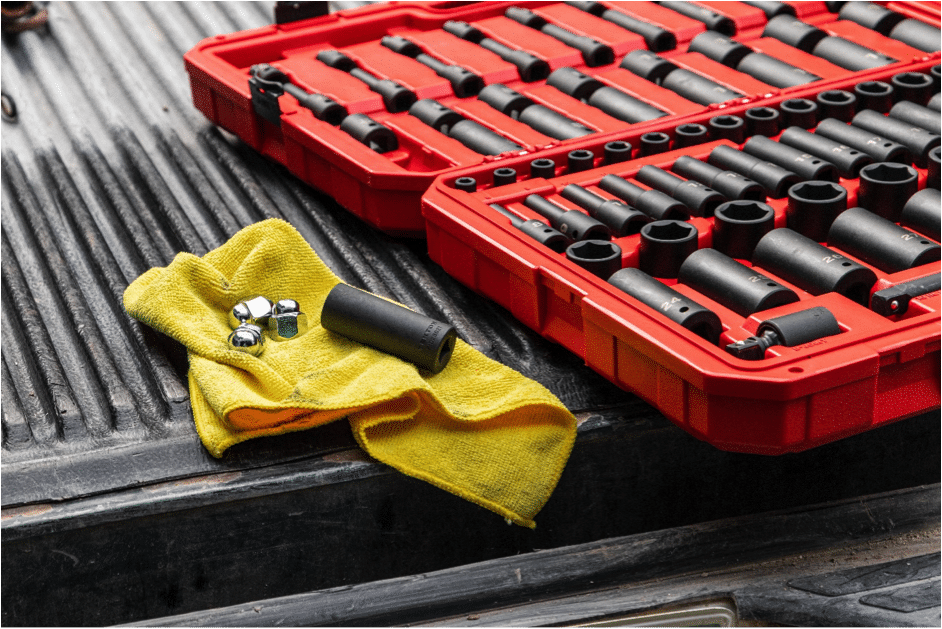
It maintains the value of the car
A car owner may plan to sell it or trade it in at some point. Regular maintenance ensures that the value remains high, making it more likely to be valued higher than one whose structures are worn out and which runs poorly.
It offers a good user experience
A well-maintained car ensures smooth rides and fewer disappointments on the road. It saves time, minimizes frustration, and reduces exposure to dangers on the road.
If a vehicle is in a good state, the owner is less likely to have trouble with other car owners and law enforcement officials.
Now that you’ve seen that car maintenance is necessary, let’s look at how you can maintain your car.
Car Maintenance Checklist
When should I start routine car maintenance? At what mileage should a car be serviced? How do I do regular maintenance on my car?
The following checklist will answer the above questions and provide you with a suitable guide on how to deal with your vehicle’s maintenance needs.
For most cars these days, manufacturers recommend starting regular care at 5,000 miles.
It’s so critical that for warranties to be honored, most car dealerships ask you to come back with the car for the check-up.
Note that you can save service costs by having an expert do the maintenance for you. However, as stated before, much of basic car maintenance doesn’t require a mechanic.
The owner should read the manual to find out what to do.
The recommendations on what to check out for at each point are normally based on miles covered. However, you may need to modify the frequency based on usage levels and peculiarities of the car.
MONTHLY MAINTENANCE
Check the oil level
Oil serves as a lubricant to reduce friction between parts of the engine in motion. It also absorbs part of the heat emitted by the engine surfaces in motion thereby helping with cooling.
The engine oil should be checked for volume using the dipstick every month. Follow the user manual on how to identify the oil and coolant levels and how to address possible challenges.
Check the tire pressure
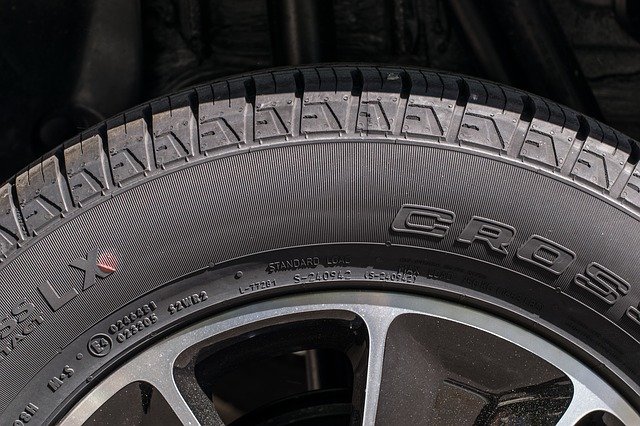
The tires bear the load of the entire vehicle. Poorly inflated tires or pressure imbalances can wear out the tires earlier than normal.
Inspect the pressures in your tires, including the spare tires at least once a month and especially before a long journey. This is done using a tire pressure gauge. The user manual contains information on ideal pressures for the tires.
Check coolant/antifreeze level
The coolant and antifreeze are also necessary for ensuring the smooth running of the car.
Their levels should be checked frequently and refilled as appropriate.
AFTER EVERY 3,000 MILES
In addition to the above, every 3,000 miles should have you checking the following –
Air filter
The air filter helps prevent debris from accumulating in the engine.
It should be checked for damage or dirt and replaced if need be, to prevent the engine from breaking down.
Belts
These are also necessary to ensure that the engine works the way it’s supposed to. Inspect the belts to see whether they’re torn or frayed. Replace them if they’re damaged.
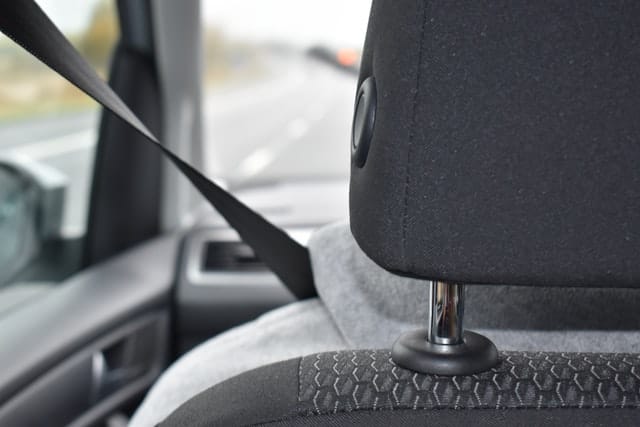
Hoses
The car hoses serve to carry the coolant through the engine. They should be inspected for leaks and cracks and replaced as needed.
AFTER EVERY 5,000 MILES
Tire rotation
Depending on the load distribution over time, the tires might be wearing out unevenly. Rotating the tires balances out the pressures and prevents early damage.
Air and oil filters
Inspect for dirt and damage. Replace if needed.
AFTER EVERY 6,000 MILES
Vehicle wax
This will help protect the external surface of the vehicle from rust, salt, and other harsh environmental factors.
Turn signals, headlights, and brake lights
The importance of lights in your car cannot be overemphasized. Inspect for functionality and replace immediately if any are burnt out.
Wiper blades
Check to ensure they keep visibility clear and that they’re not damaging the windscreen. Replace if malfunctioning.
AFTER EVERY 12,000 TO 15,000 MILES
Brakes
Examine the components of the entire brake system. Replace any part that’s malfunctioning and seek service if braking is inconsistent, jerky, or loud.
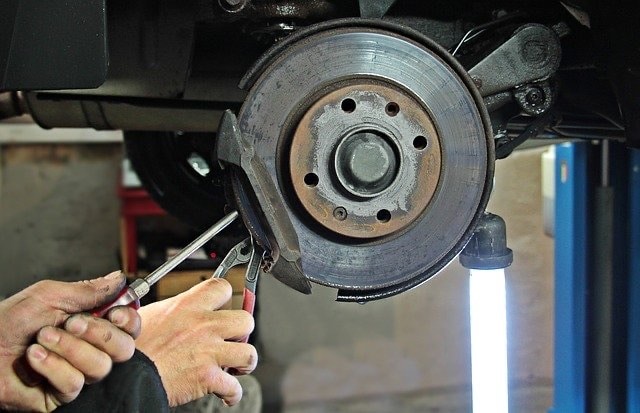
Air filter
Replace the cabin air filter at this interval even if it appears to be working normally.
30,000 MILES DOWN THE ROAD
Fuel filter
Replace even if seems to be “working just fine”.
Tire treads
You may need to replace the tires depending on the owner’s manual recommendation on optimal tread life
Radiator coolant
Inspect the whole system. Exchange or replace as appropriate
AFTER EVERY 50,000 TO 60,000 MILES
Transmission fluid
Replace the transmission fluid after draining and cleaning the system.
Inspect the spark plugs and batteries, and replace hoses and belts.
The 100,000 milestone
Inspect the ignition and replace components if not already done.
What to do
That’s a lot of different mileages. It might be a little confusing. You can find ways to make it a little less so. Ever heard of the 30K/60K/90K maintenance? These are pretty good benchmarks to bring your car in.
Whatever the mileage here, you can rest assured that the following car parts will be serviced – spark plugs, brakes, steering, tires, and belts. Also, vehicle fluids and oil will be changed, and the filters replaced.
After the 90K mile maintenance services, most vehicles would have gotten through most of the service requirements.
Another option is to follow your car manufacturer’s service schedule. You can find it in your owner’s manual.
These are only guides on basic vehicle maintenance. A car may need more or less frequent maintenance depending on peculiar usage conditions. Either way, with regular service and maintenance, you can catch any minor issues on time and make for a smooth and safe driving experience.
Now that you’re an expert on car maintenance maybe you’d also like to learn more about car batteries…

